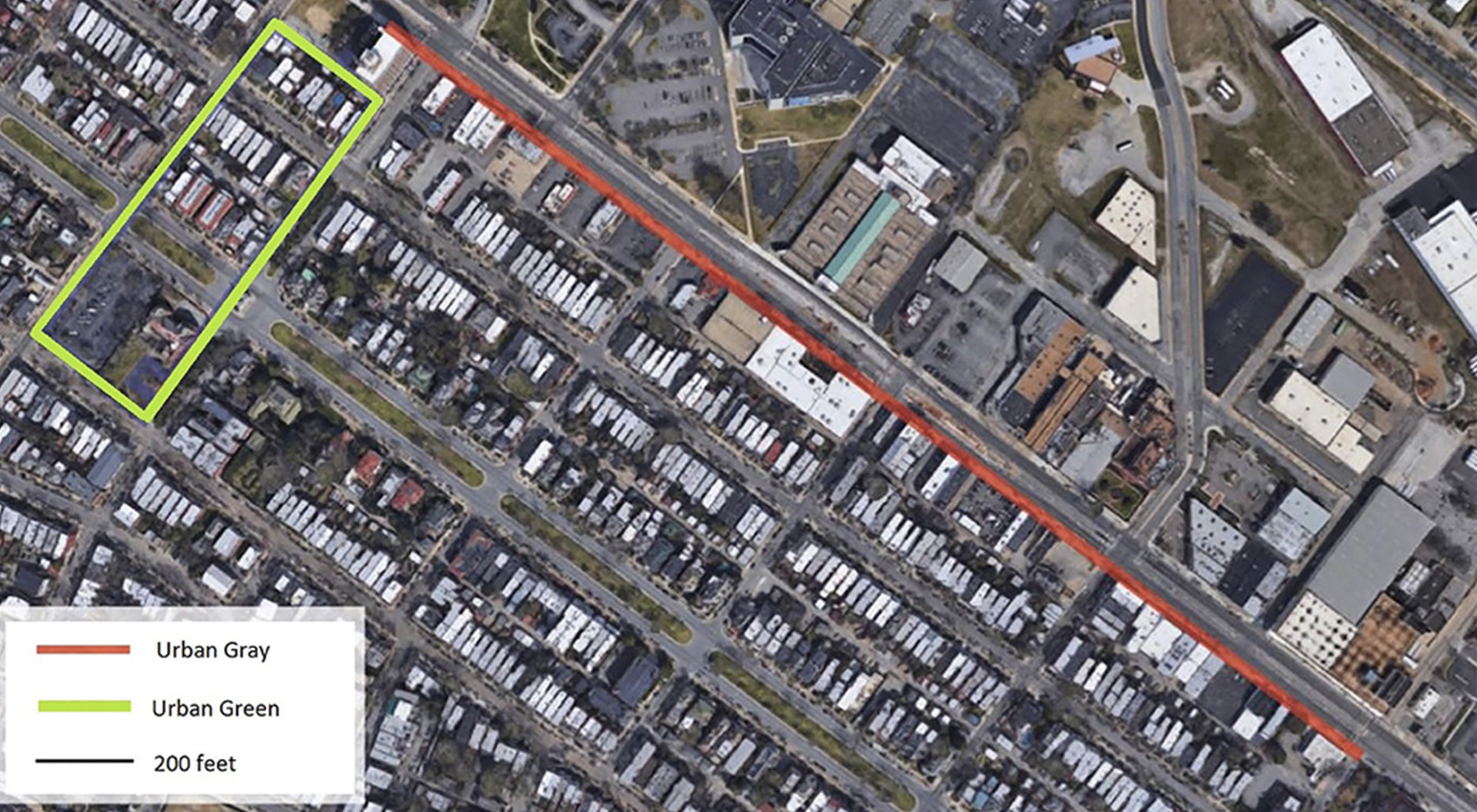Demand for design services from U.S. architecture firms continues to grow at a vigorous pace, according to the May 2021 Architectural Billings Index (ABI) report from The American Institute of Architects (AIA).
More »Billings Continue to Rebound at a Brisk Pace
Price and availability of construction materials and products is a moderate to serious problem for many firms
Business conditions at architecture firms continued to rebound at a strong clip in April, with the AIA’s Architecture Billings Index (ABI) score rising to 57.9 for the month (any score over 50 indicates billings growth). This is the highest ABI score since prior to the Great Recession, and indicates that a majority of architecture firms saw their billings increase this month. Interest in new projects remained extremely strong as well, with the Inquiries score rising to 70.8, and the value of new signed design contracts reaching 61.7, the highest score in that index since data collection started in late 2010. This means that not only are clients talking to architecture firms about starting new projects, but that they are also signing contracts to begin that work at a high rate.
More »Demand for Design Services Continues to Rapidly Escalate
Strengthening to a score not seen since pre-Great Recession, the Architecture Billings Index (ABI) logged its second positive mark since the beginning of the pandemic, according to the April 2021 report from The American Institute of Architects (AIA).
More »Urban Green Spaces Reduce Stress for Older City Dwellers
Older Americans confront a range of inhospitable conditions on a daily basis that challenge them to complete errands, see friends, or even just go for a walk. As we all emerge from the post-COVID malaise and resume our usual levels of mobility, we have a chance to rethink not just our movements, but the daily rites and journeys of our elders, too. A big part of that is potholes and uneven pavement, but for researchers at the University of Virginia, another big part is the sensory conditions of their everyday lives.
More »Choice and Voice: Accessibility in Higher Education
When my son was diagnosed with dyslexia five years ago, I read everything I could about the learning difference — the struggles and complications, but also aptitudes and strengths. As an architect, I was compelled to explore the impact of planning and design on the equity and success of all learners inside and outside of the classroom. As an adjunct professor in the School of the Arts at Virginia Commonwealth University (VCU), I grew more aware of the students in my classroom and their backgrounds, differences, and perspectives. I started really talking to my students: I engaged them in uncomfortable conversations and sought their feedback on my professional projects. I learned from them, and those lessons fed my desire to dig deeper, research more, and make a difference.
More »Where Are My People? Native American, First Nations & Indigenous in Architecture
Kendall A. Nicholson, Ed.D., Assoc. AIA, NOMA, LEED GA
ACSA Director of Research and Information
Architecture is a discipline inextricably tied to the land on which we live. This land has a story and uncovering the racial disparities across the continent is one way to tell it. Where Are My People? is a research series that investigates how architecture interacts with race and how the nation’s often ignored systems and histories perpetuate the problem of racial inequity. Where Are My People? Native and Indigenous in Architecture chronicles both societal and discipline specific metrics in an effort to highlight the experiences of Native American, First Nations, Alaskan Native, Métis, Inuit and other Indigenous designers, architects, and educators. This research report follows the first three parts of the series, Where Are My People? Black in Architecture, Where Are My People? Hispanic and Latinx in Architecture, and Where Are My People? Asian American, Native Hawaiian, and Pacific Islander in Architecture.
More »ABI Positive After Year of Decline
Continuing the positive momentum of a nearly three-point bump in January, the Architecture Billings Index (ABI) reached its first positive mark since February 2020, according to the February 2021 report from The American Institute of Architects (AIA).
More »


